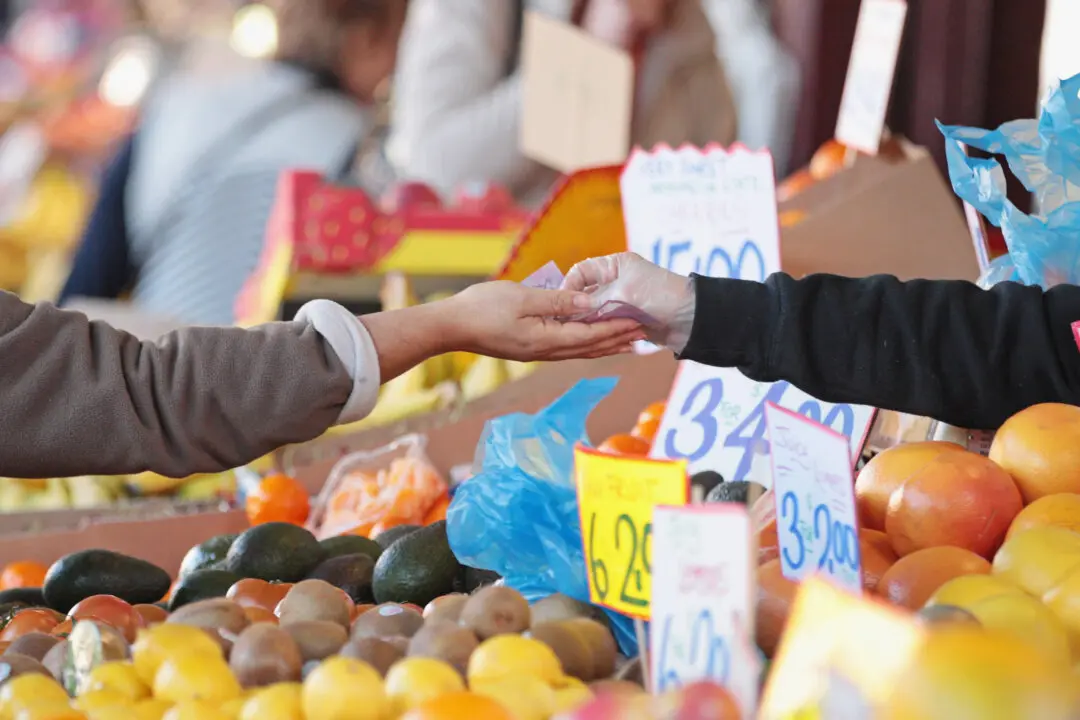Australian consumer confidence has almost remained unchanged in the wake of a new Labor government as the country is wrestling with interest rate hikes, ballooning inflation and rising living cost pressures.
The consumer confidence index, an indicator of future household spending, dropped slightly by 0.1 percent to 90.7 compared to the long-term average of 112.4.
A score below 100 indicated that there were more pessimistic respondents in the survey.
ANZ head of Australian economics David Plank said consumers’ lack of response was not out of the ordinary.
“Confidence going into the 2022 election was, however, well below previous pre-election levels,” Plank said.
In addition, consumer inflation expectations rose 0.2 percentage points to 5.5 percent, which Plank thought was probably a result of petrol price increases.

Total credit climbed 0.8 percent during the month thanks to robust growth in business loans, pushing the annual rate up to 8.6 percent. This is the highest yearly rate since late 2008.
Nevertheless, BIS Oxford Economic senior economist Maree Kilroy said rising interest rates and building costs would curb demand for new housing.
“The RBA cash rate target is expected to reach 1.25 per cent by the end of the year, adding nearly $7000 annually to the average new mortgage repayment,” she said.
While the number of private homes approved went up slightly by 0.5 percent to 10,077, other dwellings approvals dipped by 6.1 percent to 4,701.





